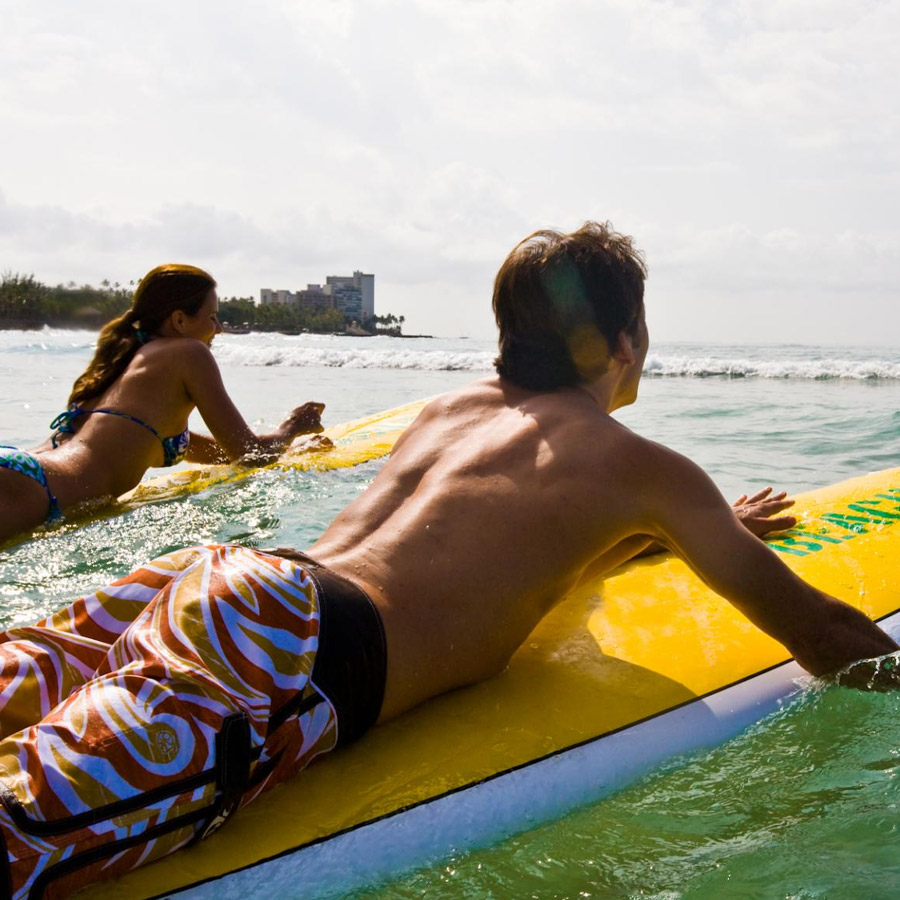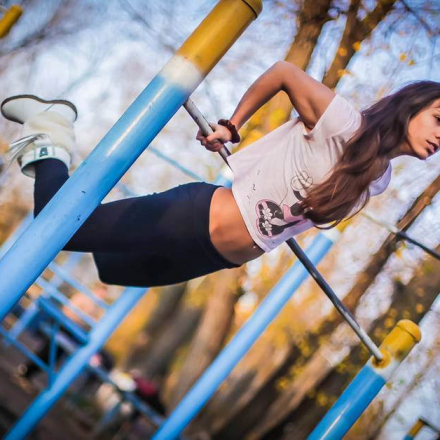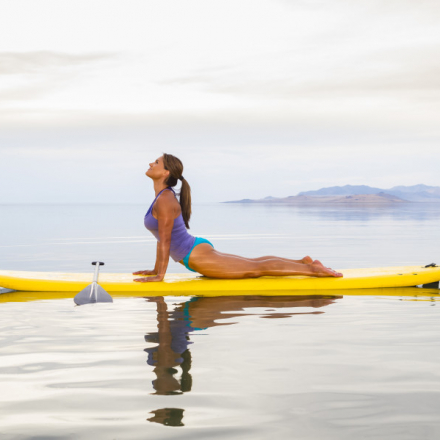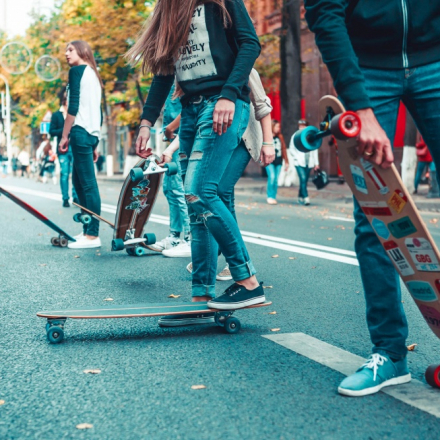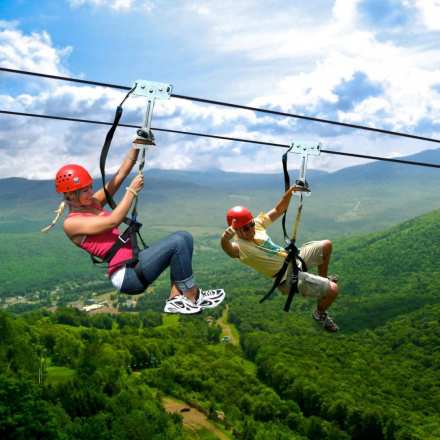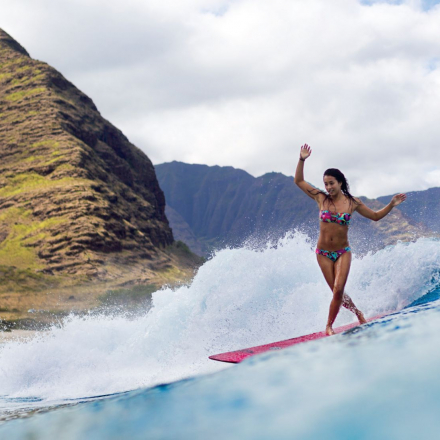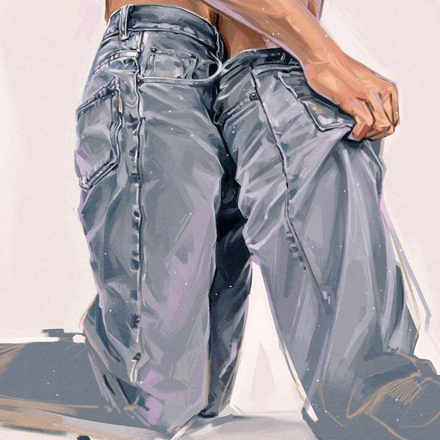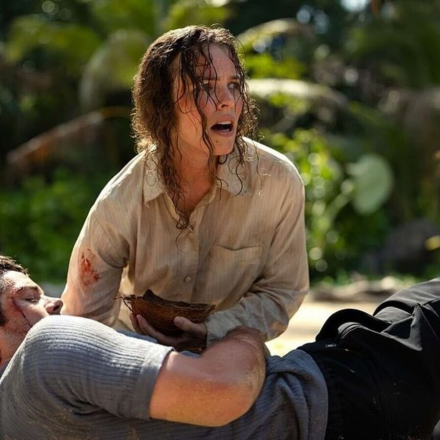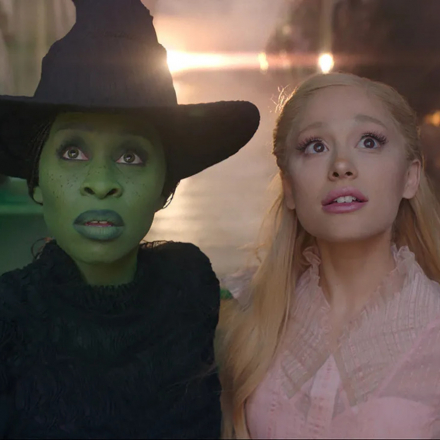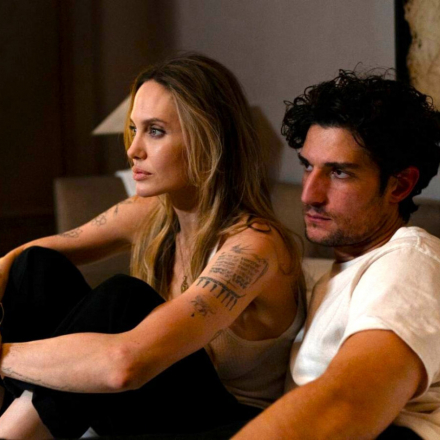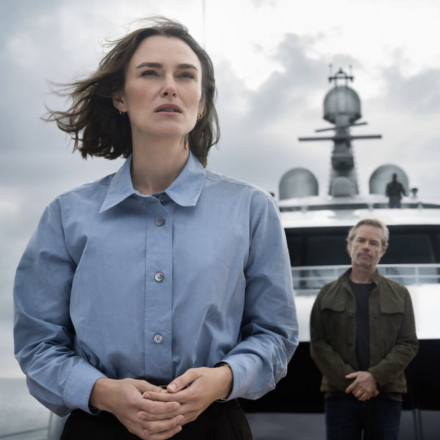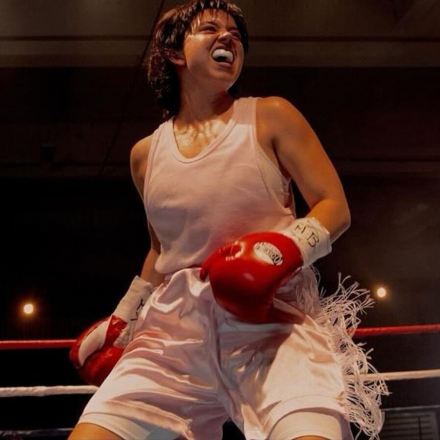Make the Most of Your Vacation: 10 Sports to Try
Vacation is the perfect time to disconnect from routine and relax, but that doesn’t mean you can’t spend it actively. Instead of hitting the boring hotel gym, you can try new activities or even choose a vacation at a sports camp.
Vacation is the perfect time to disconnect from routine and relax, but that doesn’t mean you can’t spend it actively. Instead of hitting the boring hotel gym, you can try new activities or even choose a vacation at a sports camp.
You don’t have to master new skills or worry about continuing them at home; for example, many ski or snowboard enthusiasts only hit the slopes for a week or two each year.
We’ve compiled a list of sports to consider for your vacation—both familiar and less common.
Surfing
Sometimes, just staying on the board for a few seconds is a success on the first day of training, and the path to improvement can be endless.
Surfing is best on windy beaches with varying wave heights. Most schools offer rentals for everything you need—from boards to rash guards (tight-fitting shirts to protect against the sun).
Surf camps can be found in many countries, and it’s not as expensive as you might think: for instance, a week of accommodation with breakfast and lessons in Portugal's Algarve can cost around 300 euros.
If you don’t want to deal with wetsuits and cold water, opt for a warmer destination like Bali or Nicaragua.
The most interesting programs include ocean fishing, yoga sessions, and nutritious meals and snacks.
Cycling
If you’ve never ridden a bike, summer vacation is a great opportunity to try it out.
It's better to do this in charming European villages with smooth sidewalks rather than in cities with aggressive bike traffic like Amsterdam or New York. For those who can ride but don’t do it often, cycling can add variety to your trip.
And it’s not just about renting a bike in the city—there are entire cycling tours of varying lengths for people of all skill levels, including beginners.
You can combine pleasure with even more pleasure by cycling through vineyards and wineries in France or California.
Kayaking
A kayak is a small boat that anyone can handle after minimal instruction. Paddling provides a good workout for the back, arms, and shoulders, and the experience is filled with excitement.
Nearby destinations where you can try kayaking among stunning landscapes include the Danube Delta in Romania, Sardinia, and Croatia.
If you’re planning trips to Australia or Canada, make sure to include kayaking surrounded by dolphins or whales.
Ziplining
More of a recreational activity than a sport, but it’s definitely not a passive pastime. Ziplining involves moving along steel cables using a special pulley system.
These parks are usually built in natural settings: in jungles, canyons, or near volcanoes. There are even more unusual options: in Naples, Italy, you can zip through an underground labyrinth filled with vintage cars and motorcycles.
Zipline parks compete for the longest and highest courses: the highest (414 meters) is in Dubai, while the longest (2300 meters) is in Puerto Rico.
Horseback Riding
You can try horseback riding in almost any country if you’re willing to leave the big city for at least half a day.
If you’re in Rome, London, or Barcelona, just search for “horse riding” along with the city name to find plenty of options and book something for tomorrow.
There are even week-long or two-week horseback riding tours—such as those in Africa or Southern Europe. You’ll need comfortable shoes and long pants for riding; shorts and flip-flops won’t do. And don’t forget sunscreen!
Longboarding
Various types of boards for riding on asphalt are gaining popularity each year, and urban park renovations contribute to this.
You can rent a longboard and get a few free lessons right at home, and the internet is full of detailed instructions for beginners.
To spice up your trip, you might find a longboarding school at your destination and attend a couple of classes—or make the board your main means of transportation in the city.
Floating Yoga or Fitness
These workouts can include yoga, Pilates, and strength exercises, all conducted on surfboards right in the sea.
The key feature of these workouts is working on an unstable surface, significantly improving coordination and balance.
You can easily find a nearby school in your chosen country or city using the abbreviation SUP (Stand Up Paddle).
Options range from individual or group sessions lasting an hour to week-long programs in surf camps that resemble luxury hotels.
Street Workout
While “workout” simply translates to “training,” this term refers to a whole sports direction—training on outdoor pull-up bars, parallel bars, and other neighborhood “playgrounds.”
Some street workout athletes perform at a level that rivals Olympic gymnasts, and even beginner workouts require a good ability to do pull-ups.
On the other hand, street equipment can inspire new achievements and diversify your regular run—use it, for example, for push-ups or core exercises.
Volcano Boarding
Volcano boarding, or ashboarding, is just like snowboarding but involves riding down a volcano on ash or sand (the latter is known as sandboarding).
Volcanic options can be found in Nicaragua and Vanuatu, while opportunities for sandboarding can be discovered in Australia, Peru, Namibia, and most frequently, California.
Companies organizing these experiences provide goggles and special suits. If you’re used to snowboarding, you might try standing on the board; beginners will do better with a seated board, which resembles childhood sliding down a hill.
Extreme Ironing
This is arguably the most absurd sport imaginable—it involves ironing clothes in the most unpredictable places around the world.
However, a closer look reveals that this is more about extreme travel with elements of mountaineering, snowboarding, and scaling the world’s largest statues—only athletes carry or bring an iron.
Ironing a shirt on a conquered summit is a way to celebrate your achievement, just not with a flag or a pyramid of stones.
